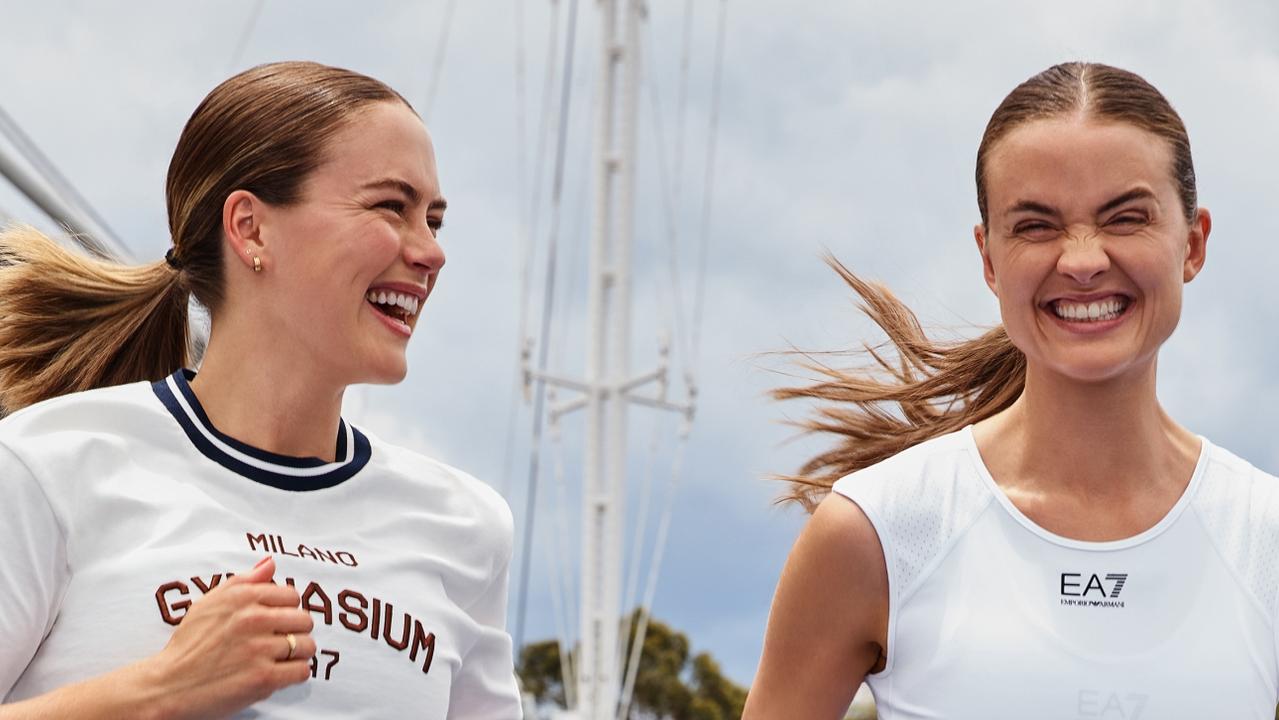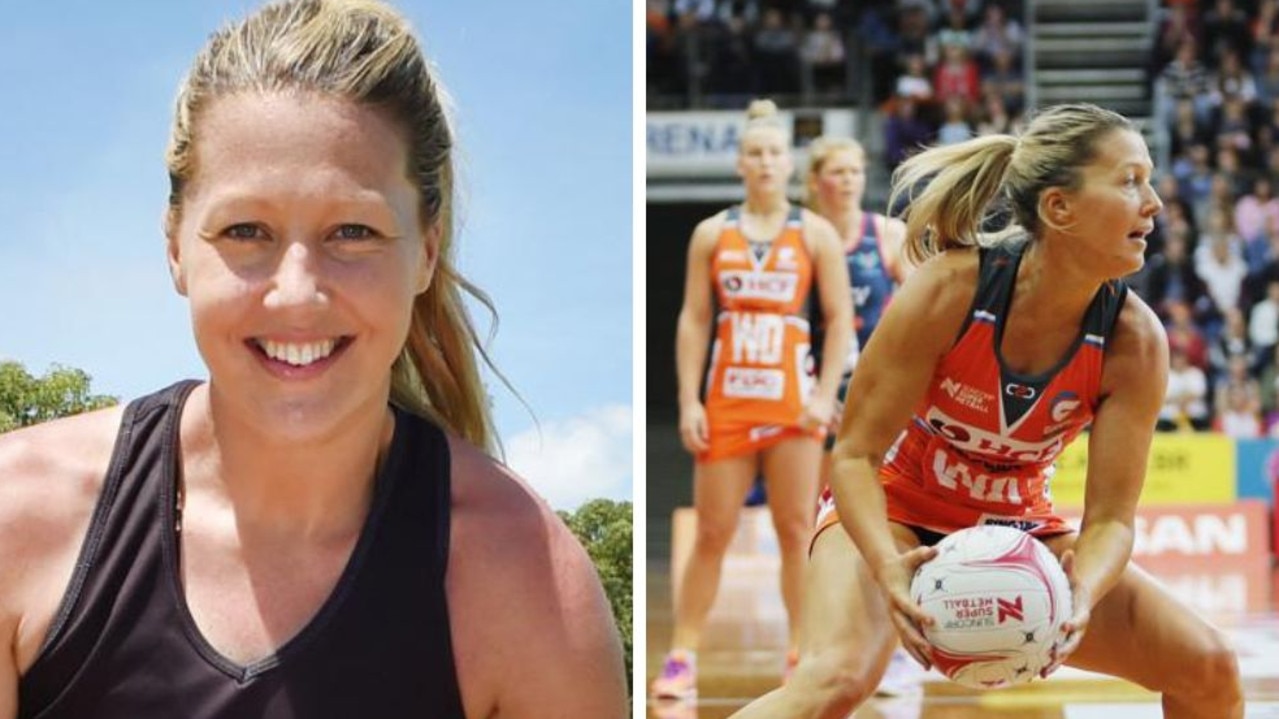Fitspo contributing to negative body image among women, researchers find
IT should motivate us to be fit, healthy and happy. But this “fitspo” snap of a toned, athletic body can actually be quite damaging.
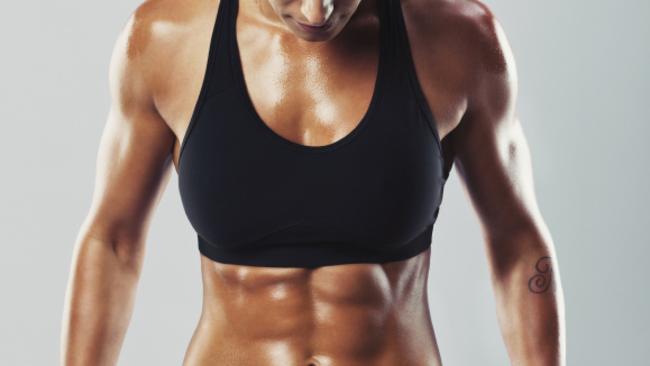
SO-CALLED “fitspiration” or “fitspo” snaps of toned, athletic bodies are designed to promote health and exercise.
The images plastered on Instagram or Pinterest accounts are meant to inspire women and remind them to stay on track of their fitness goals. But it turns out that these images could be making women feel worse about their bodies.
And, what’s more, they may be just as harmful to perceptions of body image as photographs of idealised fashion models.
In a new study, psychology researchers at the University of the Sunshine Coast recorded how 322 women responded when they were shown either fitspo snaps of athletic women engaged in physical activity, or images of typically thin models in fashion magazines.
They found participants who viewed the fitspo snaps were left feeling just as bad about their own bodies — if not worse — than those who were exposed to the fashion models.
Psychology lecturer Dr Kate Mulgrew told news.com.au she was surprised by the findings, especially as the research originally set out to determine whether fitspo could be seen as a more healthy or useful alternative to the way traditional fashion magazines represent women’s bodies.
“We were definitely surprised that the fitness images were just as detrimental or worse, in some cases,” she said.
“In terms of why, we’re not 100 per cent sure, but one of the reason we think is likely is that these fitness images still represent one, uniform standard of what’s considered attractive.
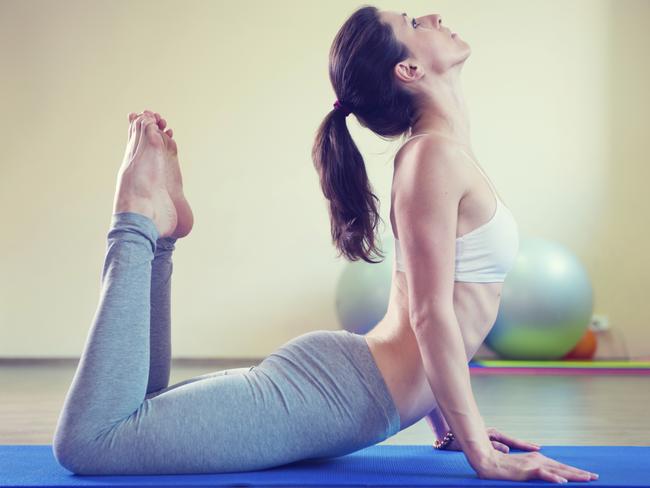
“They still are thin, toned, attractive, young women and they’re still presented in a very idealised form; it’s just that the context of the fitness is there.
“We were hoping that context of fitness would override some of the other stuff, but it doesn’t look like it does.
“In those types of images there are also indicators of success and happiness as well, because we tend to equate success and happiness with looking a particular way.”
Dr Mulgrew said while women generally had a good idea that images in fashion magazines were somewhat artificial — they’re been retouched and improved with professional lighting, for example — that critical evaluation hadn’t yet carried over to the relatively recent fitspo phenomenon.
And in cases where fitspo could end up with its desired effect — it certainly can get women moving, even if it’s because they’re so unhappy with themselves — Dr Mulgrew said that wasn’t particularly helpful either.
“What we know from other research is that appearance-motivated exercise doesn’t have good outcomes in terms of improving body image,” she said.
“What does tend to have better outcomes is health-motivated exercise. So that’s people engaging in exercise because they want to feel good about themselves, or to increase their strength or flexibility or tone, or to engage in some type of social activity.”
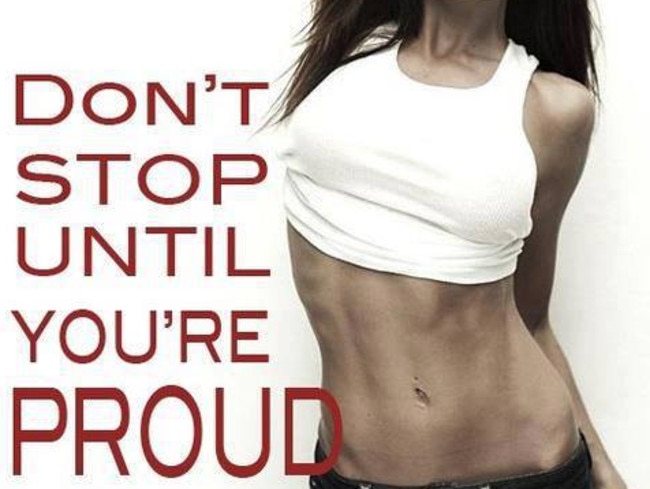
The study comes weeks after health experts warned that social media accounts promoting fitspo, fitness models and active wear labels could be triggering obsessive exercising among young girls.
The Butterfly Foundation said young people in particular often experienced intense body dissatisfaction by comparing themselves to others on social media.
Dr Mulgrew also pointed out that while young people with body dissatisfaction were focused on how their body looked, as they got older, that dissatisfaction tended to shift to become more about how their body functioned.
So how can images meant to inspire us stop making us feel so bad?
Dr Mulgrew said for one thing, it would be useful for companies and social media influencers to diversify the kinds of women’s bodies used to represent active lifestyles.
But, she said, the solution also needed to come from women themselves.
“I think we need to apply the critical eye we do with fashion magazines and understand that the models in fitspo images are probably engaging in quite significant levels of exercise, probably have a lot of investment in their health and fitness, and that their image is modified through professional photography, lighting, makeup and possibly some photoshop as well,” she said.
“But as well, it’s about being satisfied with your own self and not getting caught on your self worth being only about how you look. Appreciate other elements, such as your work achievements, or your family achievements, or the fact you’re a good person or a good friend. “You can still value appearance, but it needs to be in the context of a while range of wider influences.”



